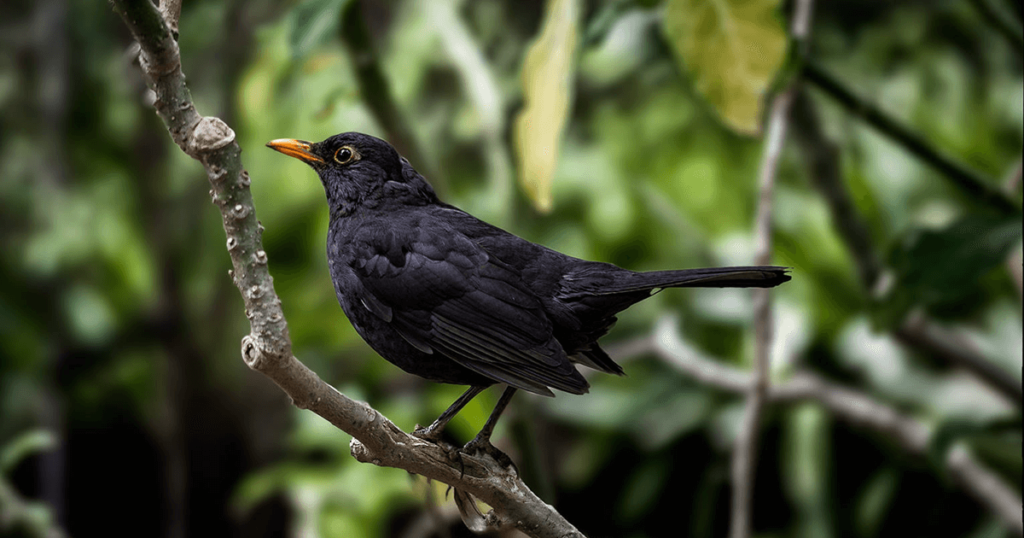
The Isabel la Católica Park in Gijón is a large green area full of walking paths and benches, with a café, a large, sandy playground for children, and two lagoons, each with an island. There birds both wild and domestic congregate, some permanent residents, some just passing through. Sunbathers spread towels in the spring, summer, and fall in one corner of the park. In an adjacent area people kick a soccer ball around or play Frisbee, and in another area, identified as a dog zone, enthusiastic canines frolic while their owners look on. In the middle of the park is a long low aviary where exotic birds are kept in a row of side-by-side cages. Passing from cage to cage down the line, admiring the plumage and forms of the birds, is like window-shopping. “This one’s pretty,” you hear, and then someone else a cage ahead says, “Oh! Look at these!” I’m told the same sort of eager, admiring strolling is done in certain streets in Amsterdam, where women perch in lit windows, on display.
Outside, along the back of the aviary, is a pen for hardier birds, such as the pair of emus nesting and scratching among the vegetation. A vet makes regular visits to oversee the health of the birds, and I went to him one day with my own small problem: a bird that had crashed into one of my living-room windows, knocking himself into a stupor. It had been worrisomely slow to recover and fly off from the perch I’d found for him on a branch of a thorny tree, away from the cats, while he got his senses back. But his wings hung limply, and he didn’t look eager, or even alert enough, to be on his own. So I took the next step.
“Is he hurt?” I asked. It was a mirlo, the vet confirmed, a blackbird with an orange beak. I’d brought it down in a shoebox, and we stood side-by-side in the office in a corner of the installation.
The vet held the bird gently, worked its wings, felt among the bones there, and said he expected it was sore muscles, a sprain essentially, and time would do the trick. He asked where I’d found it, and I told him my neighborhood. He opened a small cage and put the bird in. Then he turned to me again and told me what I’d done was illegal.
“What? Bringing the bird here?”
“Even picking it up.”
“That’s crazy,” I told him. “I have cats. If I don’t pick up a hurt bird, it becomes a dead bird.”
“Still illegal.”
I offered to come back for the bird in a few hours, or a few days, to return it to its home. But he reminded me I wasn’t authorized to transport, or even touch, a wild bird. “I know where you live,” he said.
Driving home, I tried to make a mental list of the birds I’d picked up over the years. Some had already been dead of a broken neck, some hopped from branch to branch after being set in a bush but didn’t take wing for hours, and some flew off immediately. One of these cleared a low fence, sinking and rising on the currents without gaining much height. It was a barn swallow I’d saved from the jaws of the cat, whom I’d chased around the yard for 10 minutes. Because of my heroic effort, I’d been pleased when the bird sailed away as soon as I opened my hands. But within the hour it turned up dead on my doormat, the cat sedately cleaning his whiskers nearby. If returning it to the skies had done the bird no good, well, it had benefited the cat, or at least he was now very proud. He meowed, ready to come inside, and I let him in to loll on my lap.
“Kitty,” I told him then, “please don’t do this anymore.” I wasn’t angry, though; just as I don’t blame myself for acting on impulses I can’t avoid, I don’t blame the cat for being a cat. But the cat doesn’t have to know that. Next time I’ll say, “Kitty, I know where you live.”

